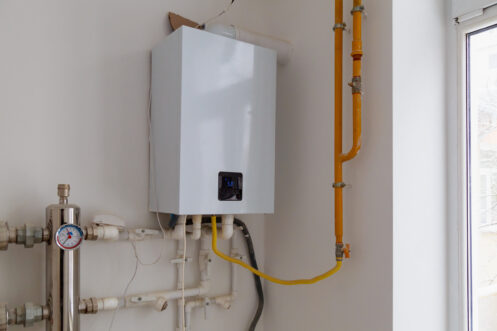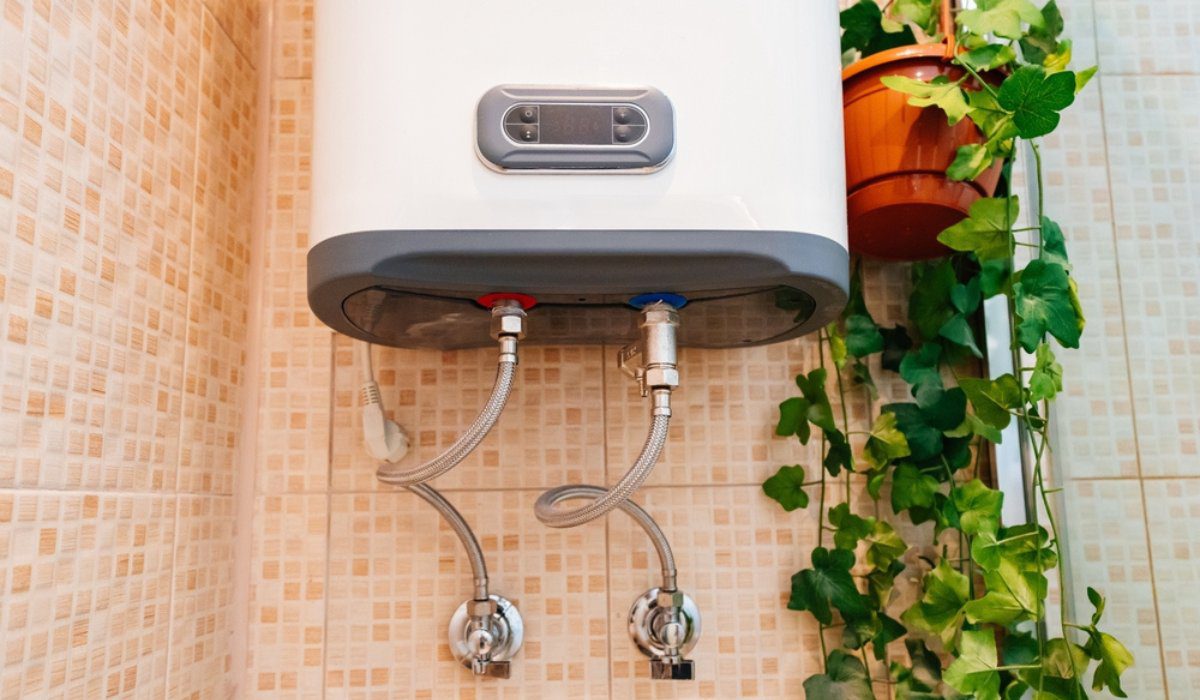Just how do you feel in relation to How to Maintain Your Water Heater & Prolong its Life?

Hot water is important for daily comfort, whether it's for a refreshing shower or cleaning meals. To guarantee your hot water system runs efficiently and lasts longer, normal maintenance is crucial. This short article provides sensible tips and understandings on how to preserve your home's warm water system to stay clear of interruptions and pricey repair services.
Introduction
Preserving your home's warm water system might appear complicated, yet with a few straightforward steps, you can guarantee it runs smoothly for many years ahead. This overview covers every little thing from recognizing your warm water system to DIY upkeep ideas and knowing when to employ professional assistance.
Importance of Keeping Your Hot Water System
Regular maintenance not just extends the life-span of your hot water system however also ensures it operates successfully. Ignoring maintenance can result in decreased efficiency, greater power bills, and also early failure of the system.
Indications Your Warm Water System Demands Upkeep
Knowing when your hot water system needs attention can protect against significant concerns. Keep an eye out for indications such as inconsistent water temperature, odd sounds from the heater, or rustic water.
Comprehending Your Hot Water System
Before diving right into upkeep tasks, it's useful to recognize the fundamental elements of your warm water system. Typically, this includes the water heater itself, pipes, anode rods, and temperature controls.
Regular Monthly Upkeep Tasks
Routine regular monthly checks can assist catch small concerns before they rise.
Flushing the Hot Water Heater
Flushing your water heater removes debris buildup, enhancing effectiveness and prolonging its life.
Monitoring and Changing Anode Rods
Anode poles stop deterioration inside the tank. Checking and changing them when worn out is crucial.
Evaluating and Adjusting Temperature Setups
Readjusting the temperature level settings guarantees ideal efficiency and safety and security.
DIY Tips for Maintenance
You can perform several maintenance jobs yourself to maintain your hot water system in leading problem.
Looking for Leaks
Routinely evaluate pipes and connections for leaks, as these can bring about water damages and greater costs.
Checking Pressure Alleviation Valves
Checking the stress safety valve ensures it functions properly and protects against excessive pressure accumulation.
Protecting Pipes
Shielding hot water pipelines lowers warmth loss and can conserve energy.
When to Call an Expert
While do it yourself upkeep is beneficial, some issues require specialist expertise.
Complex Concerns Requiring Specialist Help
Instances include major leakages, electrical troubles, or if your water heater is continually underperforming.
Routine Professional Upkeep Advantages
Professional upkeep can include comprehensive assessments, tune-ups, and ensuring compliance with safety standards.
Conclusion
Regular upkeep of your home's hot water system is vital for performance, long life, and expense financial savings. By adhering to these suggestions and recognizing when to seek professional assistance, you can guarantee a reliable supply of warm water without unanticipated interruptions.
Water Heater Maintenance: The Basics
Maintaining your water heater will ensure it operates efficiently and has a longer lifespan. Neglecting regular maintenance can lead to costly repairs and an even bigger chunk of your savings if you have to replace it sooner than necessary. But there’s good news: Most water heater maintenance tasks are relatively simple and easy for homeowners with basic DIY skills.
Flush the Water Heater
Over time, sediment and minerals can build up in the tank, reducing its efficiency and potentially causing damage. To flush the tank, turn off the power or gas supply, attach a hose to the drain valve near the bottom and open the valve to drain the water until it runs clear. Ideally, flush the tank annually.
Replace the Anode Rod
The anode rod is a sacrificial metal rod that helps prevent corrosion inside the tank. Inspect and replace it every three to five years or per the manufacturer's recommendation. To replace the anode rod, turn off the power or gas supply, drain a few gallons of water from the tank, unscrew the old rod and replace it with a new one. If the anode rod is significantly corroded or covered in calcium buildup, it's a sign the water heater may need to be replaced soon.
Tune-Up
A yearly tune-up can help identify potential issues and ensure your water heater operates at peak efficiency. This typically involves checking the thermostat, burner assembly (for gas heaters) and any other components specified by the manufacturer. During a tune-up, the technician may also clean the burner and adjust the pilot light (for gas heaters) or examine the heating elements (for electric heaters).
How to Maintain Your Water Heater
Insulate the tank. Insulating the tank can improve energy efficiency and reduce heat loss, saving you money on energy bills. You can purchase precut insulation blankets designed specifically for water heaters or use standard fiberglass insulation wrapped securely around the tank. Check the temperature. The recommended water temperature for most households is around 120 degrees Fahrenheit (49 degrees Celsius). Higher temperatures can increase energy costs and potentially cause scalding. Use a kitchen thermometer to check the temperature at the faucet nearest the water heater. Monitor water pressure. Excessive water pressure can strain the water heater and cause leaks or even tank failure. Install a pressure-reducing valve if necessary. The ideal water pressure range is between 60 and 70 PSI (pounds per square inch). Test the temperature and pressure (T&P) relief valve. The T&P relief valve is a safety feature that releases pressure if the tank gets too hot or the pressure builds up too high. Test it annually by lifting the lever and allowing a small amount of water to release. Replace the valve if it doesn't release water or reseal properly. Check for leaks. Regularly inspect the tank, pipes and fittings for leaks or corrosion. Deal with issues promptly to prevent further damage. Even a small leak can lead to significant water damage over time. Consider a tankless water heater. If your traditional tank-style water heater is nearing the end of its lifespan ( typically 10 years), consider replacing it with a tankless water heater. These units heat water on demand, reducing standby energy losses and potentially saving you money on your energy bills. Schedule professional maintenance. While homeowners can perform many water heater maintenance tasks, it's still a good idea to schedule professional maintenance every few years. A plumber or HVAC technician can thoroughly inspect the unit, identify potential issues and ensure it operates safely and efficiently. https://www.homeserve.com/en-us/blog/home-improvement/hot-water-heater-maintanence/

Do you enjoy reading up on Tips on Maintaining a Water Heater? Make feedback further down. We'd be pleased to hear your thoughts about this page. Hoping that you visit us again in the future. If you please take the opportunity to share this blog if you liked it. Kudos for being here. Please pay a visit to our website back soon.
Book Now!